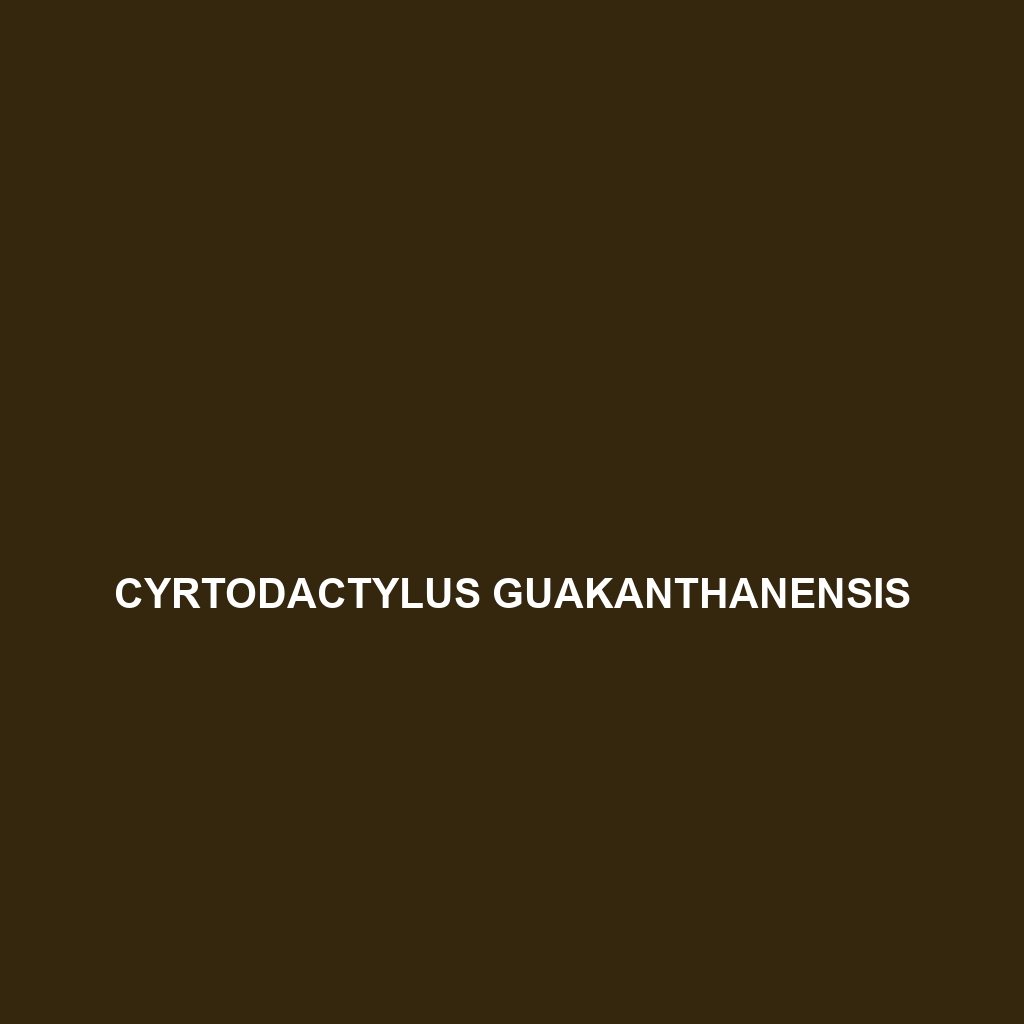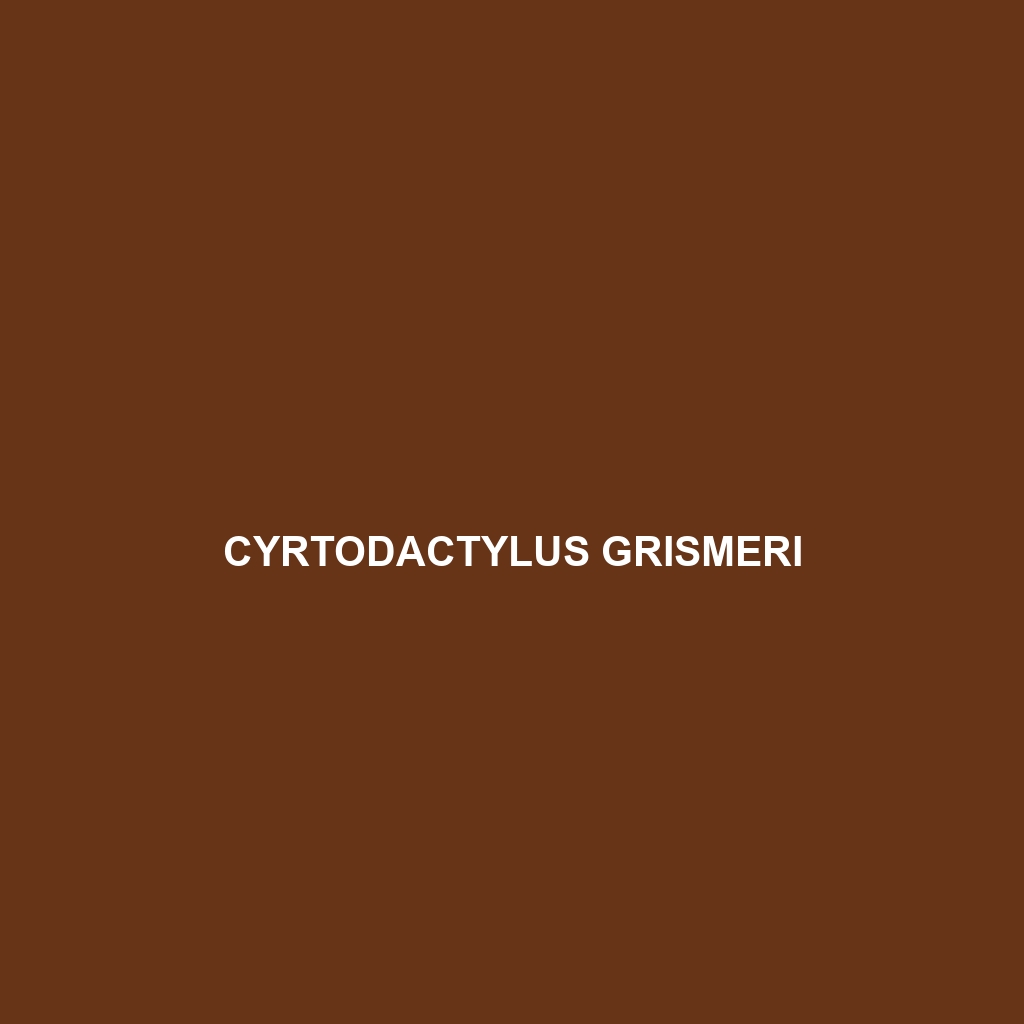
Tag: conservation status
-
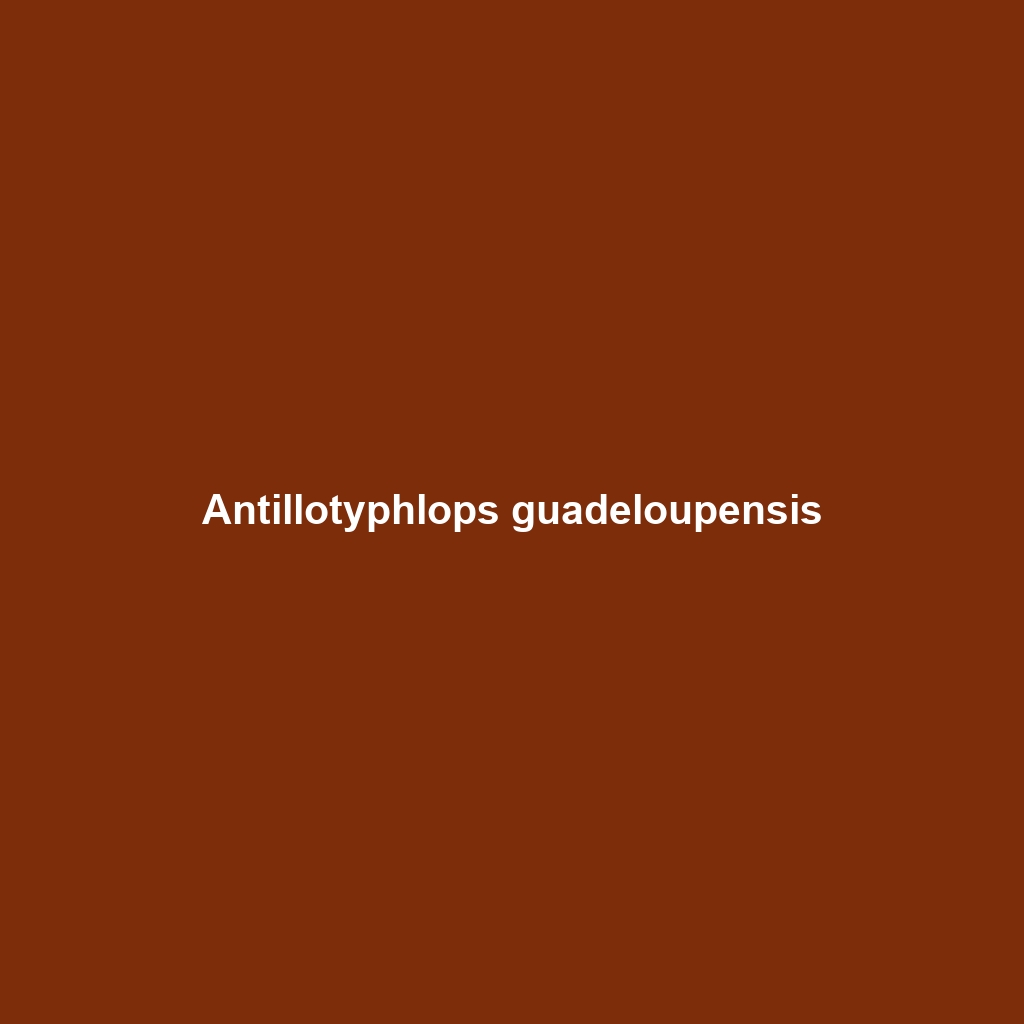
Antillotyphlops guadeloupensis
Antillotyphlops guadeloupensis, also known as the Guadeloupe blind snake, is a fossorial species native to the humid forests and grasslands of Guadeloupe. This nocturnal reptile, measuring 30 to 60 cm in length, plays a crucial role in soil aeration and pest control by feeding on soft-bodied invertebrates, while its vulnerable status highlights the need for…
-

Antillotyphlops hypomethes
Discover the Antillean blind snake (Antillotyphlops hypomethes), a small, fossorial species native to the Caribbean islands, known for its distinctive smooth, cylindrical body and secretive behavior. This Vulnerable species thrives in moist, forested environments, primarily feeding on soft-bodied invertebrates while aiding in soil aeration and nutrient cycling.
-
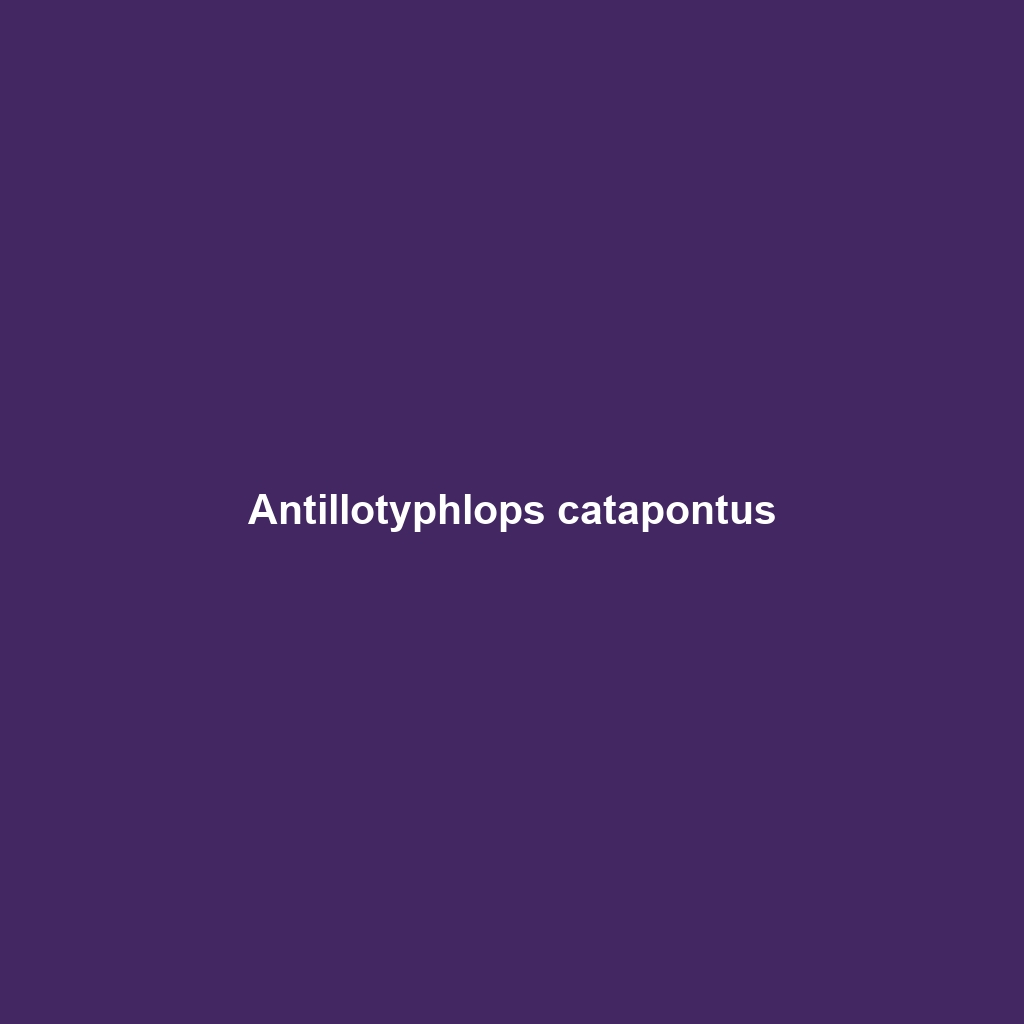
Antillotyphlops catapontus
Discover the Antiguan blind snake (Antillotyphlops catapontus), a small, fossorial species native to Antigua, known for its smooth, cylindrical body, tiny non-functional eyes, and a diet primarily consisting of ants and termites. This nocturnal serpent plays a crucial role in controlling insect populations and aerating the soil in its tropical habitat.
-
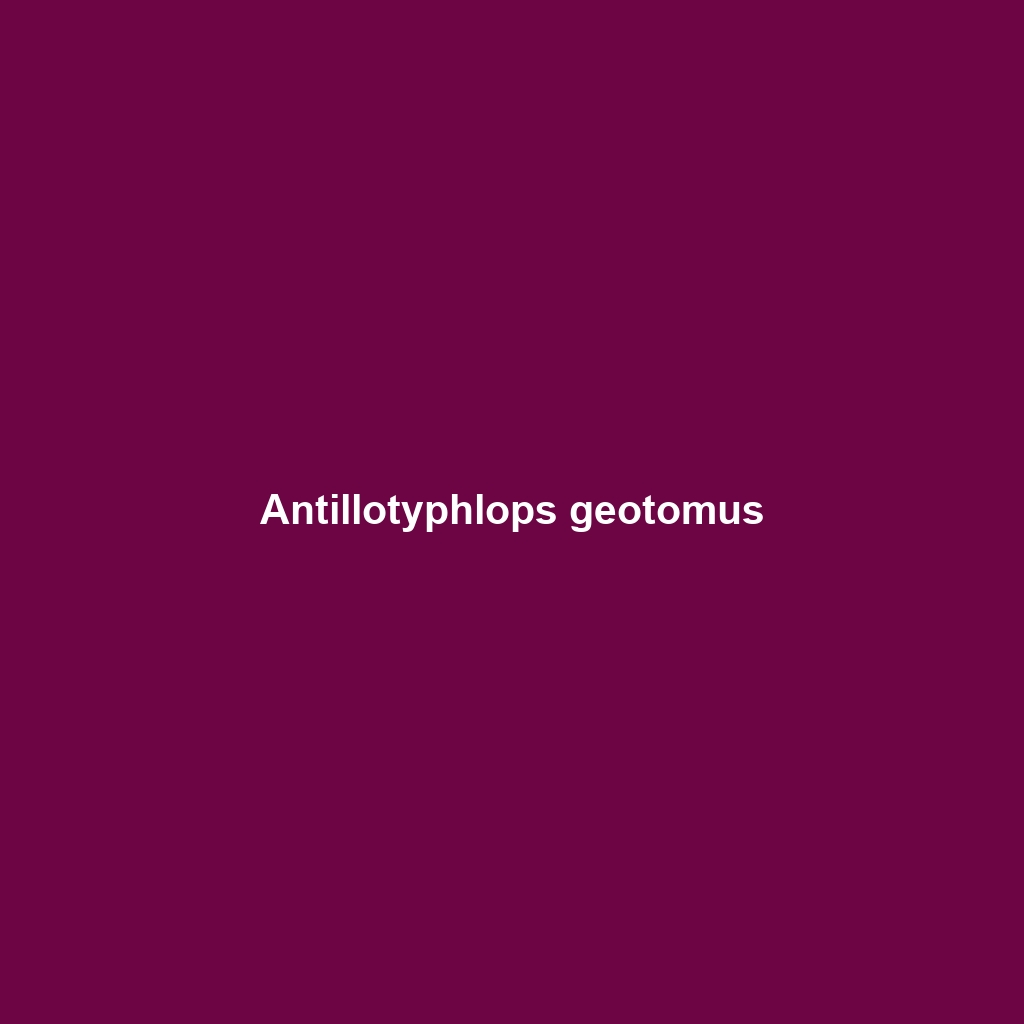
Antillotyphlops geotomus
Discover the Lesser Antillean Blind Snake (Antillotyphlops geotomus), a fascinating fossorial species native to the Caribbean’s tropical moist forests. Measuring 30 to 70 cm, this unique snake features a smooth, cylindrical body with reduced eyes, playing a vital role in controlling ant and termite populations while facing conservation challenges due to habitat destruction.
-

Antaresia papuensis
Discover the Antaresia papuensis, or Papua Python, a striking arboreal snake native to the tropical rainforests of New Guinea, known for its complex patterns and nocturnal hunting behavior. With a length of 1.5 to 2 meters, this constrictor primarily feeds on small mammals and birds, playing a vital role in maintaining ecological balance.
-
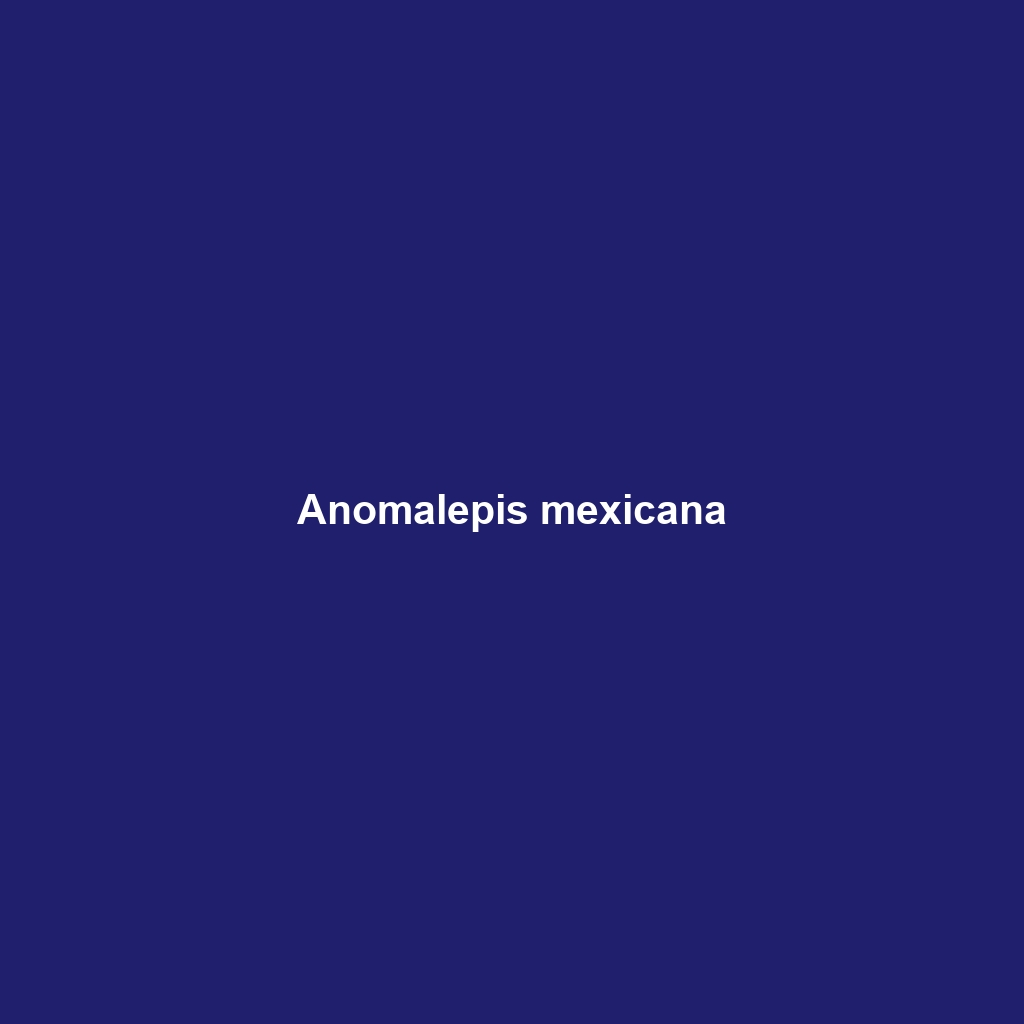
Anomalepis mexicana
Anomalepis mexicana, or the Mexican smooth earth snake, is a non-venomous species found in humid lowland forests of eastern and southern Mexico, characterized by its smooth, elongated body reaching lengths of 30 to 60 centimeters. Primarily crepuscular, it feeds on small invertebrates, plays a vital role in the ecosystem, and contributes to soil health while…
-
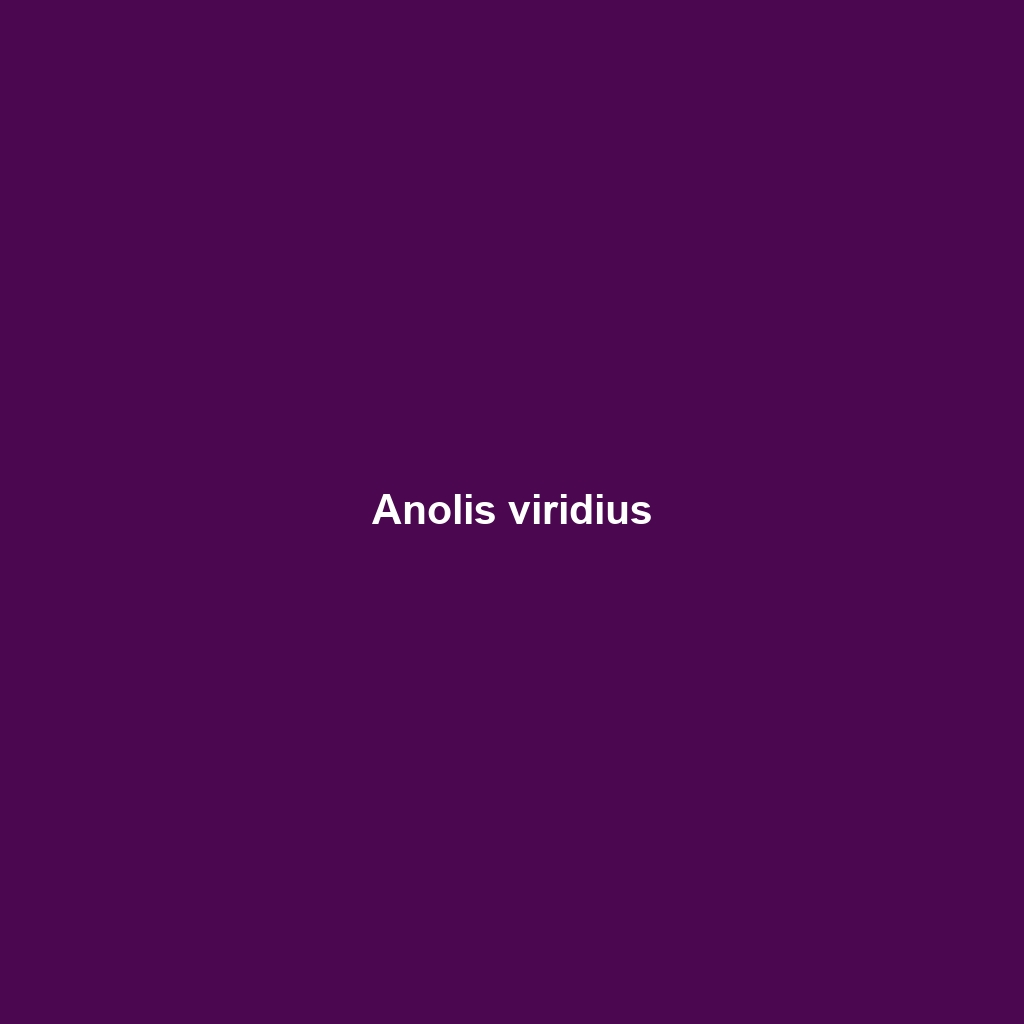
Anolis viridius
The Anolis viridius, or Green Anole, is a strikingly green lizard native to humid tropical regions of Central and northern South America, known for its arboreal lifestyle, territorial behaviors, and insectivorous diet. With a length of up to 15 cm, this species showcases vibrant coloration, particularly in males during mating displays, and plays an important…
-

Anolis vescus
Discover the captivating Anolis vescus, also known as the East Cuban Anole, thriving in subtropical habitats with vibrant colors, notable behaviors, and a diverse diet primarily consisting of insects. This unique species plays a crucial role in its ecosystem, contributing to insect population control while serving as prey for larger animals.
-

Anolis triumphalis
Discover the Anolis triumphalis, a vibrant medium-sized lizard native to the tropical rainforests of Central America, ranging from 4 to 6 inches in length. Known for its striking coloration and agile climbing abilities, this diurnal species plays a crucial role in controlling insect populations while thriving in humid, well-vegetated habitats.
Search
Popular Posts
-
Cyrtodactylus gubaot
Discover the Cyrtodactylus gubaot, also known as the Gubaot Gecko, a vulnerable species found in the limestone karsts of the Philippines. This nocturnal insectivore sports a distinctive coloration for camouflage, thriving in tropical forests and playing a crucial role in regulating local insect populations.
-
Cyrtodactylus guakanthanensis
Cyrtodactylus guakanthanensis is a slender gecko native to the tropical humid forests of Southeast Asia, known for its agile climbing abilities and distinctive coloration that offers effective camouflage. This nocturnal insectivore plays a crucial role in its ecosystem by controlling insect populations and serving as prey for larger animals.
-
Cyrtodactylus grismeri
Discover the Cyrtodactylus grismeri, also known as Grismer’s bent-toed gecko, a small (up to 10 cm) nocturnal gecko native to the lush, humid forests of Southeast Asia. With its unique brown and gray camouflage, agile climbing abilities, and role in controlling insect populations, this vulnerable species is a vital part of its ecosystem.
Categories
Archives
Tags
animal adaptations (681) animal behavior (4610) animal reproduction (754) bat species (661) behavior (915) biodiversity (6592) conservation (1670) conservation efforts (1303) conservation status (4411) diet (2089) echolocation (822) ecological balance (1205) ecological role (1182) ecology (786) ecosystem (1467) ecosystem role (2535) ecosystem roles (576) endangered species (2321) environmental conservation (613) habitat (3210) habitat conservation (845) Habitat Destruction (848) habitat loss (2719) herbivorous diet (521) IUCN Red List (1186) nocturnal (571) nocturnal animals (2681) nocturnal behavior (2134) omnivorous diet (591) physical characteristics (1937) reproduction (2827) reptile conservation (626) rodent (677) rodent species (1325) seed dispersal (2039) Seed Disperser (949) seed dispersers (588) small mammals (1161) South America (769) species description (652) tropical forests (882) Vulnerable Species (3962) wildlife (2504) wildlife conservation (4153) wildlife protection (735)



